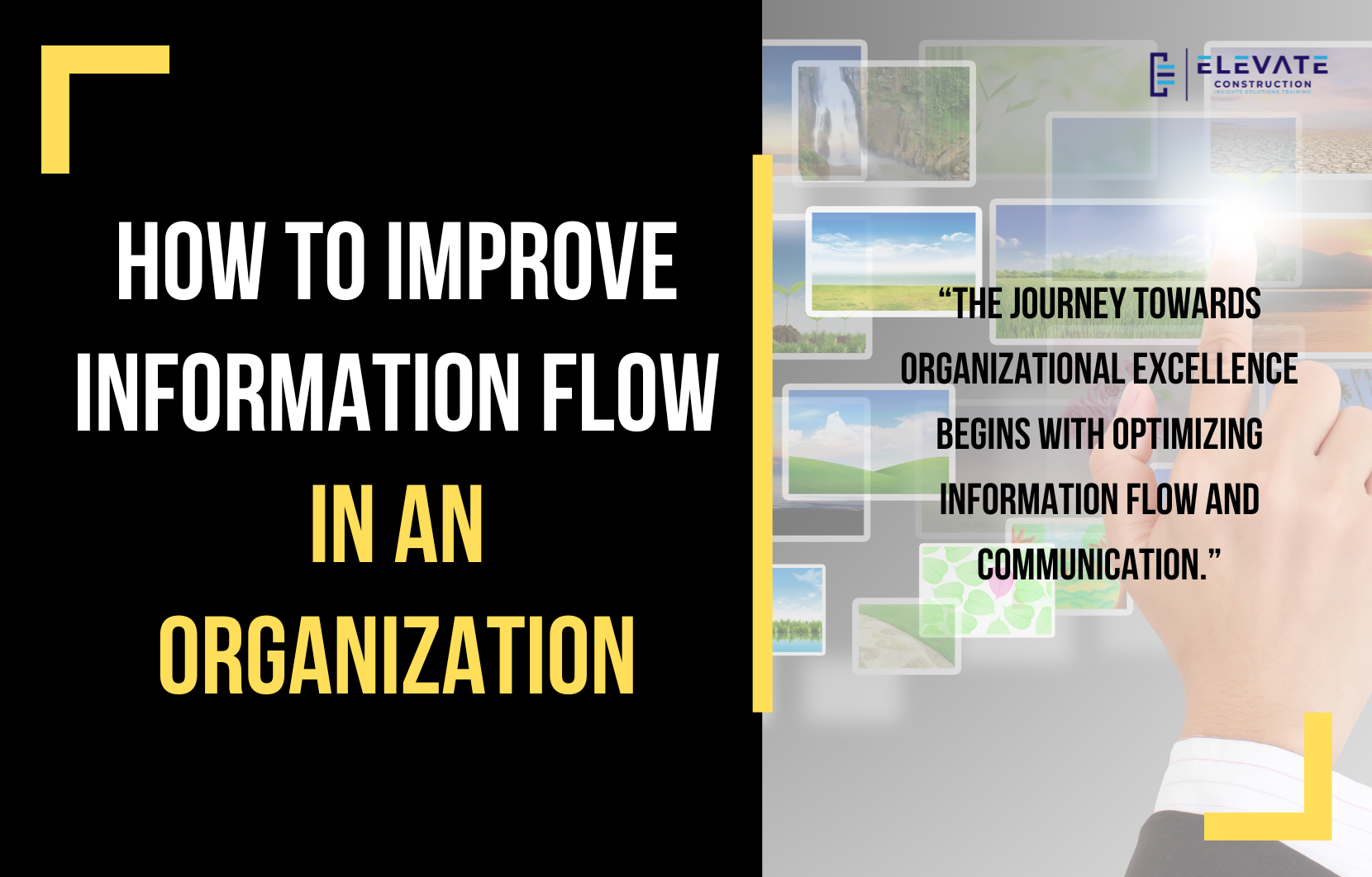Introduction: In this Blog Post, we’re going to delve into the critical topic of improving information flow within an organization. We’ll explore the detrimental effects of siloed efficiency and the imperative of adopting a flow-centric approach. Through understanding the four key steps to flow and embracing the 11th commandment of Lean Flow and Systems Thinking, organizations can pave the way for enhanced communication, collaboration, and ultimately, success.
Effects Of Having Siloed Efficiency In An Organization: Silos within organizations often breed efficiency in isolation, with each department prioritizing its own interests over collective goals. This fragmented approach results in disjointed communication, internal conflicts, and hindered progress. Visualize it as each department building its own kingdom, with kings and queens vying for resources and dominance. The consequence? Resource wars, trade wars, and a lack of cohesion that impedes organizational effectiveness.
The 11th Commandment In Lean Flow & Systems Thinking: Amidst the principles of Lean Flow and Systems Thinking, there exists a commandment that epitomizes the essence of effective communication: “Thou shalt not distort, hinder, or withhold communication in any systems, or anywhere in the organization.” This commandment underscores the indispensable role of transparent, unhindered communication in fostering organizational efficiency. Distorted or withheld communication only serves to disrupt the flow, leading to inefficiencies and missed opportunities.
How To Improve Information Flow In An Organization: To enhance information flow, organizations must first establish clarity regarding their objectives and the value they seek to deliver to customers. This entails identifying the flow unit—the essence of what needs to flow to add value—and ensuring that communication channels support this flow. Rather than vertical optimization within departments, the focus shifts to horizontal flow across departments, fostering synergy and alignment towards common goals.
Importance Of Measuring The Right Elements: Measuring the right elements is pivotal in steering organizations towards flow efficiency. Instead of incentivizing siloed behavior through vertical metrics, such as departmental budgets, organizations should measure the flow of products/services and responsiveness to customers. What gets measured shapes behavior; thus, aligning metrics with flow objectives is paramount for achieving desired outcomes.
What To Focus On To Improve Flow Efficiency: A shift in focus from measuring groups, silos, and busyness to the flow unit itself is imperative. Organizations must concentrate on what adds value to the flow unit and optimize processes accordingly. By directing attention towards the smooth movement of the flow unit, organizations can eliminate bottlenecks and streamline operations for enhanced efficiency.
How To Reduce Friction In An Organization: Reducing friction within organizations involves increasing proximity, connectedness, and minimizing feedback loops. Just as in systems thinking, where delays can disrupt equilibrium, organizational friction hampers communication and flow. Proximity facilitates swift communication and problem-solving, ensuring that feedback loops are shortened, and improvements are promptly implemented.
Benefits Of Increasing Proximity In An Organization: Increasing proximity enhances communication and accelerates the flow of information, akin to turning up the hot water in a hotel. It’s about enabling teams to work closely, share insights, and collaborate effectively towards common objectives. By subscribing to flow efficiency principles, organizations can foster a culture of continuous improvement and drive meaningful results.
How To Improve Communication In An Organization: Improving communication within organizations necessitates a holistic approach centered on flow efficiency. Prioritizing the customer, aligning communication with flow objectives, and enabling rapid feedback loops are crucial steps. Embracing Lean principles and leveraging resources like Nicholas Moto’s book, “This is Lean,” can equip organizations with the mindset and tools to enhance communication and drive success.
Conclusion: In conclusion, the journey towards organizational excellence begins with optimizing information flow and communication. By transcending siloed efficiency and embracing flow-centric principles, organizations can unlock their full potential. Remember, the 11th commandment reminds us: communication must flow unhindered, fostering collaboration, innovation, and ultimately, delivering value to customers. Let’s commit to breaking down barriers, increasing proximity, and propelling our organizations towards a future of unparalleled success.
If you want to learn more we have:
-Takt Virtual Training: (Click here)
-Check out our Youtube channel for more info: (Click here)
-Listen to the Elevate Construction podcast: (Click here)
-Check out our training programs and certifications: (Click here)
-The Takt Book: (Click here)
Discover Jason’s Expertise:
Meet Jason Schroeder, the driving force behind Elevate Construction IST. As the company’s owner and principal consultant, he’s dedicated to taking construction to new heights. With a wealth of industry experience, he’s crafted the Field Engineer Boot Camp and Superintendent Boot Camp – intensive training programs engineered to cultivate top-tier leaders capable of steering their teams towards success. Jason’s vision? To expand his training initiatives across the nation, empowering construction firms to soar to unprecedented levels of excellence.
On we go!


